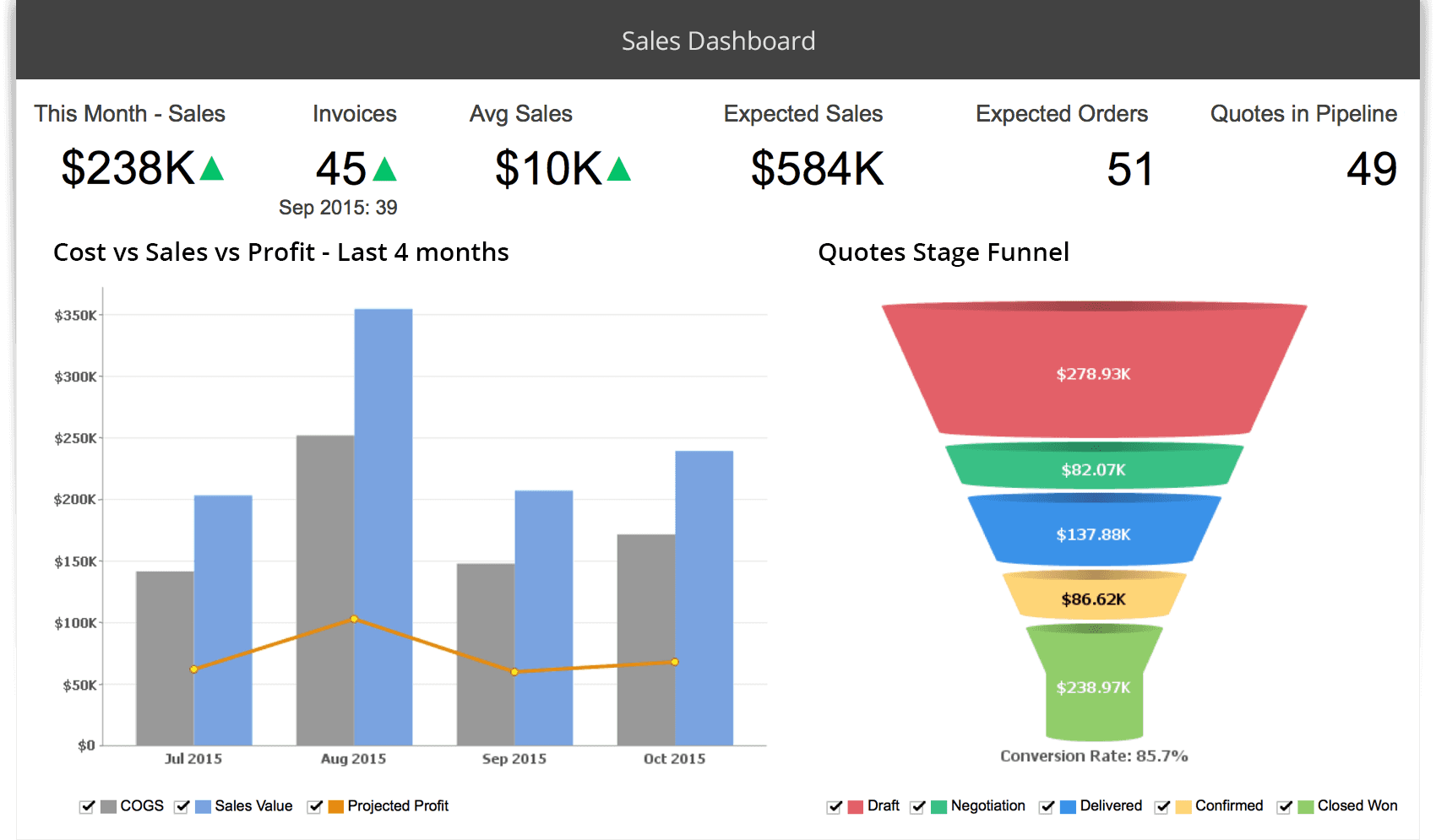

- #SAP BUSINESS INTELLIGENCE STRATEGY ASSESSMENT HOW TO#
- #SAP BUSINESS INTELLIGENCE STRATEGY ASSESSMENT SOFTWARE#
#SAP BUSINESS INTELLIGENCE STRATEGY ASSESSMENT HOW TO#
These metrics should be translated into specific benefits realization plans that define how your organization will achieve target levels of performance.Īn effective enterprise technology strategy requires an independent, big-picture view of how to align your corporate and IT strategies. The most effective enterprise strategies include detailed metrics and key performance indicators that will set expectations and define success. None of this matters if you’re not setting target levels of performance and measuring results. Define strategic KPIs and benefits realization plans to maximize your return on investment (ROI). Instead of myopically focusing on an ERP selection and implementation process, organizations now need focus on aligning technology with their strategic vision.ĥ. Now that you better understand what you’re trying to accomplish from a people and process perspective, you can more effectively navigate through the confusing plethora of options available in the enterprise technology space: best of breed, cloud, integrated ERP, CRM systems, business intelligence, mobile applications, IoT, eCommerce, HCM systems and hundreds of other possible strategies and tactics.


This is because technology should simply support the corporate, operational and organizational strategies that you deploy. Notice that we haven’t even discussed technology in the first three steps of defining an enterprise strategy. Define how technology can best support #1, 2 and 3. In addition, you will need to define the roles and responsibilities of all affected employees, and address how changes will be implemented using employee communications, change impact assessments, training strategies and other key organizational change tools.Ĥ. You will need to assess the skills you have now relative to the skills you need in the future. Once you begin to define your business process and operational strategy, you will then need to define how your organizational change initiatives will support those “to-be” operations. Translate your business processes into organizational change strategies. If one of your corporate strategies is to drive top-line revenue growth and increase market share, then you will want to focus your business process work on sales, customer service and other customer-facing operations.ģ. If your strategy is to centralize operations across multiple offices and locations, then you will want to engage in business process management that focuses on building shared-service business processes. This is where our clients often see a disconnect between the executive boardroom and the front lines of people designing and executing day-to-day business processes. Translate your corporate strategy into an operational and business process strategy. Best-in-class organizations clearly define their corporate strategy and convert it into meaningful objectives that can provide clear direction on enterprise application decisions.Ģ. This is why many companies simply buy what is sold to them (such as shelf ware from big ERP vendors) rather than letting their overall strategy drive their purchasing decisions. Most of our clients have a fairly clear strategic direction, but don’t know how to translate that into a meaningful and relevant IT and enterprise systems strategy. Clearly define or understand your corporate strategy.
#SAP BUSINESS INTELLIGENCE STRATEGY ASSESSMENT SOFTWARE#
Too many organizations focus on technology without ensuring those technology decisions are aligned with overarching corporate strategies, which leads to overinvestment in irrelevant software and a poor return on investment.īelow are five key steps to defining a well-aligned enterprise strategy:ġ. Looking at the big picture and understanding how various options do (or don’t) align with our overall corporate strategy are two of the biggest challenges with today’s enterprise technologies. This may have worked for organizations 10 or 20 years ago, but as Bob Dylan once said, “Times, they are a changin’.” There are simply too many enterprise technology options beyond traditional ERP systems to myopically assume that this one technology is going to be a silver bullet for your organization. Organizations often dive head first into their enterprise software initiatives without considering the multitude of options at their disposal.


 0 kommentar(er)
0 kommentar(er)
